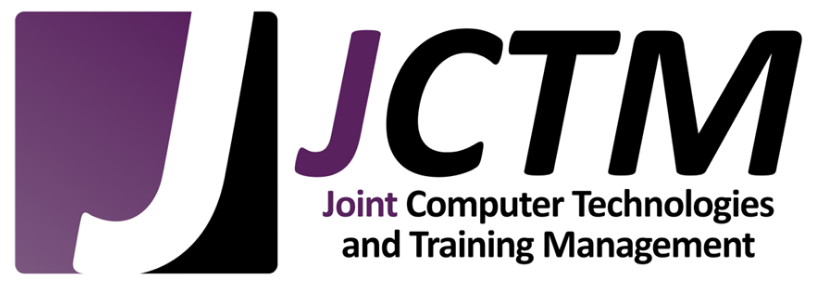The A2C2 Definition of AI
Published on November 11, 2024
How would you describe artificial intelligence if someone asked you—right now? Have you thought about what it really means? In this post, we suggest a practical, go-to definition that you can keep handy, ready to share whenever the topic comes up.
How Would You Define It?...
Everybody uses the term “artificial intelligence” (AI) with impunity. After all, it is obvious and everybody knows what it means. But do they really? Do you? If you were stopped in the street, New York City-style, and were asked to give a definition, what would you say?
I did this experiment recently. I asked a retired military guy, and he said:
“Arwwg, can I look it up? It changes. It is when computer hardware and software combine with… when you can produce original thought with computers, it is intelligent. It is original thought. It isn’t mimicking anything.”
I asked a computer scientist who works at a national lab and his reply was:
“AI is when you want to imbue a physical object with the behaviors of a human.”
Finally, I asked a lawyer who specializes in property law, and she said:
“Ok. It is a computer-based way to solve problems that are difficult for humans to solve.”
Each respondent hesitated before cautiously offering their ideas. These on-the-spot interviews demonstrate how difficult it is for us to randomly explain what AI is. Today, with the sudden influx of this technology in so many corners of our lives, it behooves all of us to have in our back pocket a concise and handy definition.
What is AI?
If you peruse a number of computer science textbooks, including the iconic Artificial Intelligence, A Modern Approach by Russell & Norvig, you will be introduced to various definitions of AI depending on your field, your background, and your perspective, similar to what my informal focus group provided. After careful study, we, the JCTM A2C2 team, decided to take a structured approach to define AI.
AI is a system that mimics human cognitive functions.
This is a start and it’s accurate. In a pinch, it’s very usable. However, it is too general. And just as a too-general large language model (LLM) prompt will only yield a general response, this definition won’t take us very far. We can, however, use it as scaffolding to build a worthy definition that meets Copi's five criteria for a good lexical definition:1
- Grammatically correct
- Conveys the essential meaning
- Neither too broad nor too narrow
- Avoids circularity
- Avoids negative language
Starting with A Simple Idea
We start with the word mimics. This term is synonymous with simulates, which brings us to simulations. Many advanced computer systems today focus on modeling or simulating processes that occur in nature or otherwise.
Likewise, AI systems simulate human cognitive functions, namely learning, reasoning, and self-correction. “Learning” includes the acquisition of information and rules for using it. “Reasoning” is typically thought of as the ability to use rules, rubrics, logic, and/or heuristics to reach valid conclusions. Self-correction refers to the brain's ability to recognize and adjust its own errors during thinking or problem-solving.
Do AI systems learn? I’d argue yes because they can ingest information and form patterns, rules, and heuristics to later apply that information in a particular context. Do they reason? Again, I’d say yes, because they can build frameworks and accommodate new data to derive satisfactory conclusions.
What about self-correction? We're getting there. This is why we fund research universities. Self-correction is very close to "metacognition" which requires self-awareness and an ability to control one's cognitive processes. I don’t believe the state-of-the-art AI systems are there yet as they do not autonomously improve or modify their underlying algorithms. But I believe this is an active area of research.
We combine these concepts to enhance our definition, which gives us:
Artificial Intelligence (AI) refers to the simulation of human intelligence processes by machines, especially computer systems. These processes include learning (the acquisition of information and rules for using it), reasoning (using rules to reach approximate or definite conclusions), and self-correction.
Because of the plethora of systems claiming the title AI, we add a further clarification:
It encompasses various subfields such as machine learning, natural language processing, computer vision, robotics, and expert systems.
Finally, we add a focus:
The ultimate goal of AI is to create systems that can perform tasks that typically require human intelligence, such as understanding natural language, recognizing patterns, making decisions, and solving problems.
A Good Definition
Putting it all together and tightening it up, we get:
Artificial Intelligence (AI) refers to the simulation of human intelligence processes by machines, especially computer systems. These processes include learning, reasoning, and self-correction. AI encompasses various subfields including machine learning, natural language processing, computer vision, robotics, and expert systems. The ultimate goal of AI is to create systems that can perform tasks that typically require human intelligence, such as understanding natural language, recognizing patterns, making decisions, and solving problems.
This definition meets the five criteria of a sound definition. It covers a lot of ground without being too specific or overly broad. And maybe, even in today's whirlwind of technological advances, it will withstand the test of time.
What Do You Think?
What is your definition of AI? Contact us and tell us your thoughts.
1Irving M. Copi, Introduction to Logic, 15th ed. (New York: Routledge, 2018) Back to text
